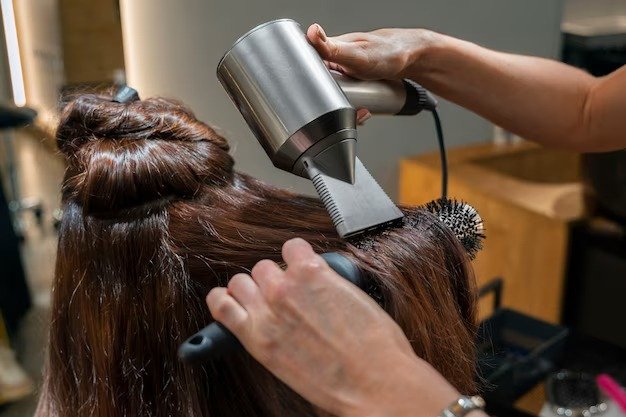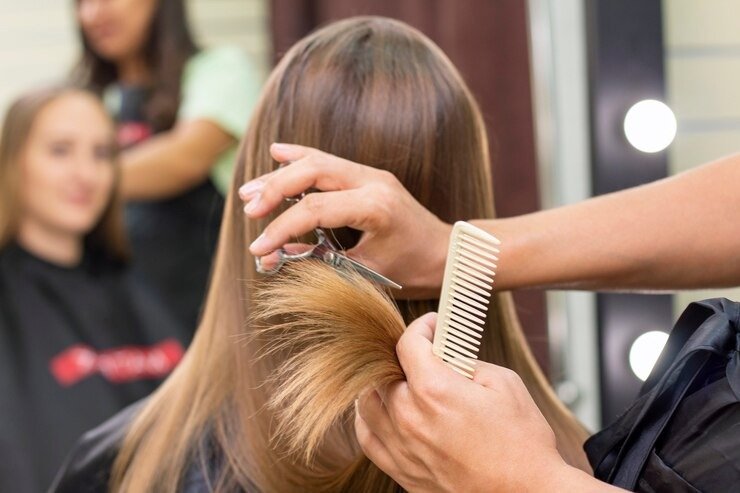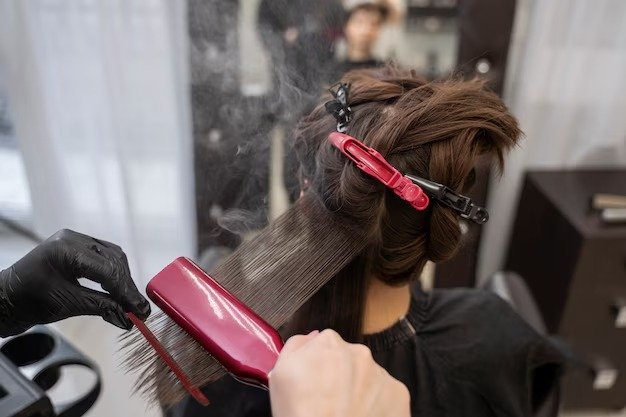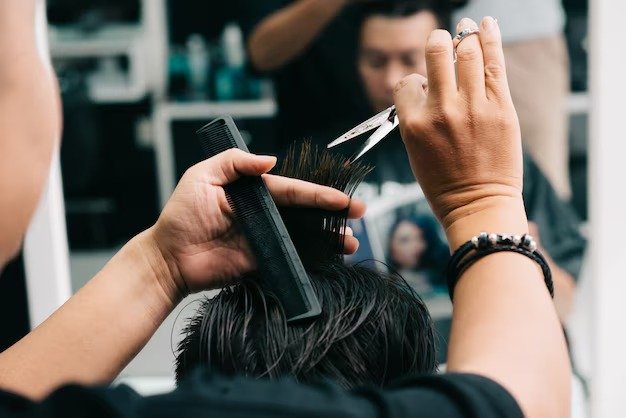As a hair salon owner, you know how important it is to attract new clients. Whether you’re offering trendy cuts, color services, or specialty treatments, having a strong online presence can make a huge difference in how many people walk through your door. Local search optimization is a vital part of this process. By ensuring that your website is properly optimized for local search, you can increase your visibility and make it easier for potential customers in your area to find you. Here’s a step-by-step guide on how to do just that.
-
Set Up and Optimize Your Google My Business Profile
The first thing I recommend for any hair salon is to set up or claim your Google My Business (GMB) profile. Google is the most popular search engine, and GMB is a free tool that allows you to manage your business’s online presence, including in search results and Google Maps.
Here’s how to make sure your GMB profile is optimized:
- Accurate Business Information: Ensure that your salon’s name, address, phone number (NAP), and business hours are correct and consistent across all platforms.
- Categories: Choose the correct primary and secondary categories, such as “Hair Salon” and “Beauty Salon,” to make sure people can easily find your services.
- Photos: Upload high-quality photos of your salon, staff, and services to help build trust and give potential clients a sense of what to expect.
- Reviews: Encourage happy customers to leave reviews. Positive reviews not only help with your ranking but also influence potential clients’ decisions.
-
Optimize for Local Keywords
After setting up your Google My Business profile, the next step is to optimize your website with local keywords. Think about the terms people are searching for when they need a hair salon nearby. For example, instead of just targeting “haircuts,” target “haircuts in [your city]” or “best hair salon in [your neighborhood].”
Here are a few tips to optimize for local keywords:
- Title Tags and Meta Descriptions: Include local keywords in your website’s title tags and meta descriptions. These are the elements that show up in search engine results, so it’s important to make them clear and relevant to your local audience.
- Headings and Content: Use your local keywords naturally within headings and the body of your website content. For instance, you could mention the services you offer, like “specialized hair coloring in [city]” or “affordable haircuts in [neighborhood].”
- Service Pages: Create individual pages for different services you offer and optimize each one with local keywords. For instance, a page dedicated to “Hair Coloring in [City]” can help you rank for people searching specifically for that service in your area.
-
Make Your Website Mobile-Friendly
More people are using their smartphones to search for businesses locally, so having a mobile-friendly website is crucial. Make sure your website is responsive, meaning it adjusts to different screen sizes. A mobile-optimized website will not only provide a better user experience, but it can also improve your rankings on Google.
Here are some tips for optimizing your website for mobile:
- Fast Loading Times: Make sure your website loads quickly. Slow-loading pages can result in high bounce rates, which negatively affect your ranking.
- Easy Navigation: Simplify your website’s navigation to ensure it’s easy for visitors to find information, such as your services, contact details, and booking page.
- Clear Call-to-Action: Include prominent and easy-to-click buttons, like “Book Now” or “Contact Us,” to encourage users to take action directly from their mobile device.
-
Create Localized Content
Creating blog posts or content relevant to your local community is a great way to build connections with potential clients. Write about local events, trends, or even interviews with local personalities that could connect your business with the community. This localized content will not only help attract clients from your area, but it can also improve your local search rankings.
Some content ideas might include:
- “Best Hair Trends for Summer in [Your City]”
- “Top 5 Hair Salons in [Your Neighborhood] Reviewed”
- “Local Influencers Who Love Our Salon”
-
Build Local Backlinks
Backlinks, or links from other websites to your site, are a key factor in search engine rankings. Having quality backlinks from local sources will show Google that your salon is a trusted business in your area. You can build backlinks by:
- Partnering with local businesses for cross-promotions or events.
- Sponsoring local charity events and getting mentions on local websites.
- Submitting your business to local directories or chambers of commerce.
-
Use Structured Data Markup
Implementing structured data markup on your website helps search engines understand your business better. By using schema markup, you can provide Google with additional information about your salon, such as your location, services, and customer reviews. This can help improve your visibility in local search results and increase your chances of appearing in rich snippets.
-
Focus on Local Social Media Engagement
Social media platforms like Instagram, Facebook, and Yelp are essential for promoting your hair salon locally. Regularly engage with your local audience by posting about special promotions, new services, and hair care tips. Local engagement through hashtags and geotagging can also increase your local visibility.
By following these steps and consistently optimizing your hair salon’s website for local search, you’ll position your business to attract more customers from your area. Remember, local SEO is an ongoing process, so make it a priority to keep your site updated and relevant to your local community.




